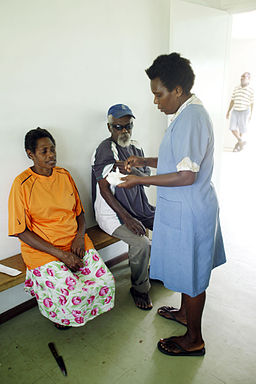 |
| Milk Packets |
Milk is an ideal food for all the age groups.The milk is a very good source of calcium, protein, vitamin A,vitamin B12,vitamin D, Niacin, Riboflavin, Potassium and phosphorous. Nowadays, milk is available in different colored packets with different brand names. Here, my aim is to explore the types of available milk varieties and nutritive values.
When you buy milk, check the value of fat and S.N.F(Solids-Not-Fat). S.N.F means, the amount of proteins, vitamins and minerals other than the fat. Mainly four varieties of milk packets are available such as double toned milk, toned milk, standardized milk and full cream milk. The double toned milk means the removal of creamy layer twice and toned milk is the process of removing fat layer once. These two varieties may have less amount of vitamin A and vitamin D, as it is dissolved in fat layer. It is mainly preferred to adults, who have in the risk of high blood cholesterol level.
The standardized milk contains fat and S.N.F content according to legal standards. In full cream milk, no fat layer removed. As full cream milk is rich in fat and vitamins, it is considered as the best milk for children.
 |
In all varieties of milk has more or less the same amount of calcium. I have responded to the question corner in The Hindu, regarding the amount of calcium in different types of milk (http://www.thehindu.com/sci-tech/science/question-corner/article6658861.ece).












